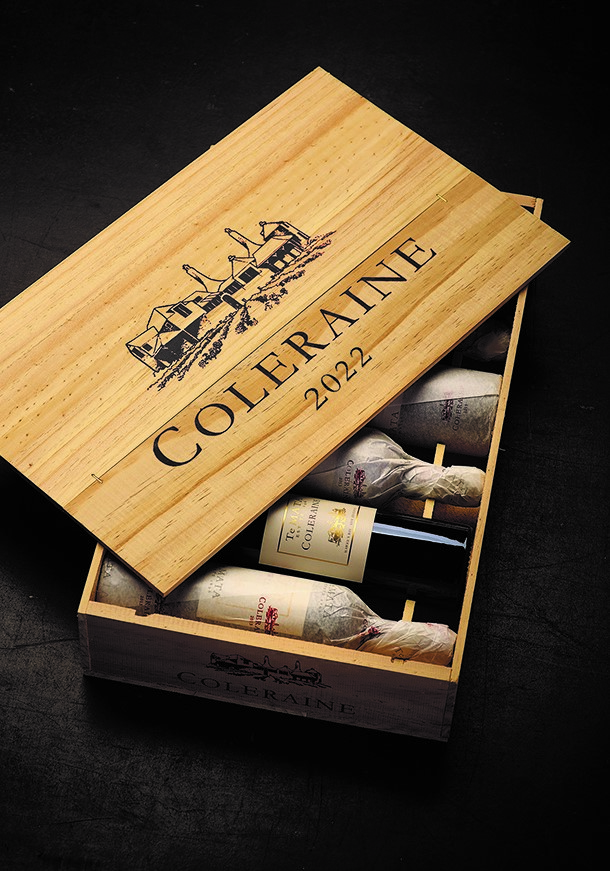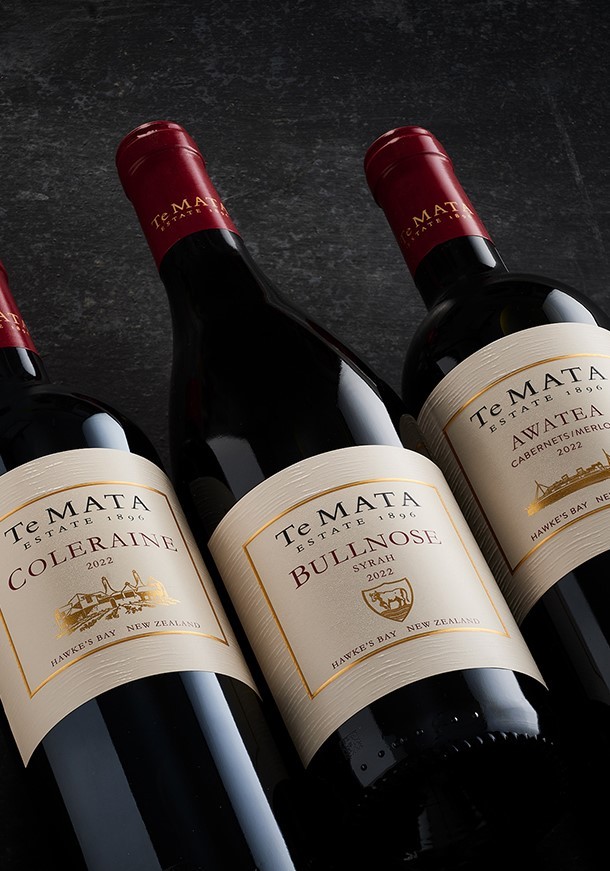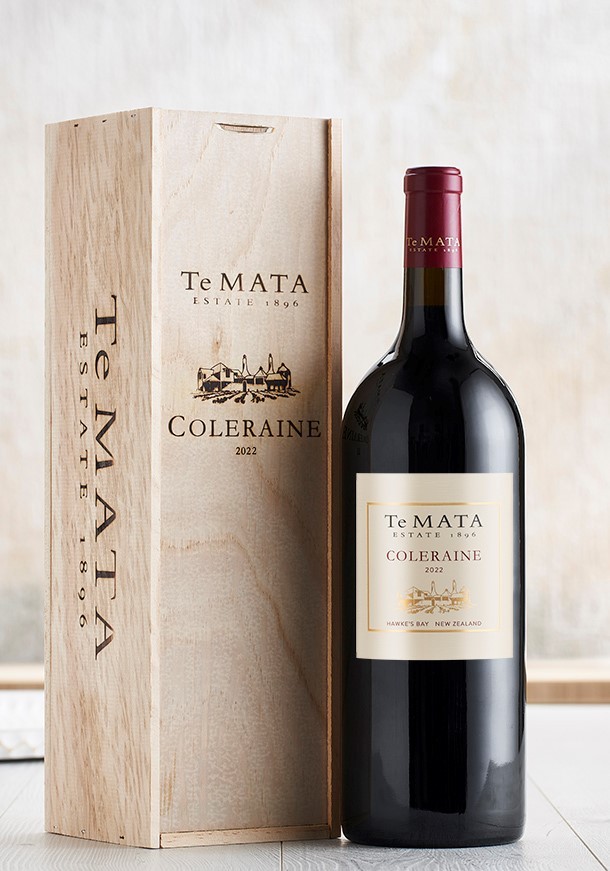In Hawkes Bay, 1998 was a drought season following a wet winter. Vines showed vigorous growth early in the season, and then had a compact flowering in early December. Crops set were large, again necessitating thinning, and the ability to drip irrigate vineyards was essential in order to retain sufficient leaves to maintain photosynthesis. Older vineyards did better than younger blocks; cabernet sauvignon was a star performer, illustrating perhaps that while merlot is a soft option in terms of getting through poorer years, in the better years cabernet sauvignon gives a backbone to reds grown on river gravels that is an essential part of their quality and ability to develop in barrel and bottle. All the fruit was in wonderful condition but vineyards needed very careful management to avoid dehydration ripening and the extractive characters that can result.
-
-
1997
This was a year that started well, but flowering was somewhat drawn out and crop management, particularly bunch thinning over the summer, was a very important quality factor. February was warm and humid, as was most of March. We were nervous about our crops, but decided to wait and keep the canopies very open. We then had a prolonged Indian Summer of dry, warm weather, enabling us to harvest grapes without pressure. Our practice of hand harvesting our crops meant that bunches/berries of lesser quality could be omitted, so that for us vintage ’97 was one of small crops of high quality, giving wines with lifted aromatics, pronounced ripe berry flavours, and long palates. The wines are elegant, a word not being used as a euphemism for ‘light’, with great concentration and, in the case of the reds, fine and long tannin structures. We think they’re very good, but there are not large quantities of them.
-
1996
The growing season culminating in vintage 1996 was a mixture. Initially, the weather was warm and dry, enabling the bud burst through to flowering section to be most satisfactory. We had 90mm (about double average) of rain in January and the same in February, with warm weather prevailing. We had plenty of days at over 30°C, but not as many as normal over 35°C. Harvest started on the 29th March and concluded on the 2nd May. The wines of 1996 season are aromatic, soft and very appealing. They are forward and accessible in style, reminiscent of the wines of 1990 which was a year for which we have always had great regard.
-
1995
A lovely spring and good weather until mid-December. We got Cyclone Fergus on the 31st December with 95mm of rain. We had a cool, cloudy January, a warm weather February with uncharacteristic humidity and then it all came right, with a wonderful harvest period from Easter until the final picking on the 6th May.
-
1994
The 1994 vintage for Te Mata Estate was of high quality. Although cool weather in November delayed flowering, a very warm and dry growing season led to intensely concentrated crops. Yields on sauvignon blanc were 15% down; on reds and chardonnay they were about normal. The resulting wines should be powerful, concentrated, with significant keeping qualities and may not be quite as fresh and forward as many consumers expect from New Zealand wine.
-
1993
1993 was an unusual year, with a harvest at least three weeks later than average. However, from Easter onwards we enjoyed an Indian Summer, and left grapes on the vine because we were able to, resulting in attractively flavoured and weighted wines. Vineyards needed to have had intensive management inputs to harvest quality fruit, but those that did have produced wines of a quality that will surprise many.
















